Pencils, Paper, and Paintings You Need To Start Drawing
Material Need To Start Drawing – The tools you need to start drawing are simple: a marking tool and paper to make. Pencils and paper are the first things for most people.
As you grow older as an artist, you will soon find that you want to try different techniques and innovations. Despite many technological advances, the art of the artists has changed little over the centuries. Today, most building materials are easy to use and have a wide range of colors available, but in reality, the way we use them remains the same.
Fortunately, many paintings are inexpensive and can produce many drawings before they need to be replaced. It is recommended that you avoid unnecessary expenditures and disappointments, buying in moderation at the beginning. Start attractively and gradually get into the others as you feel the need to expand your scope and refine your path.
Graphite Pencils
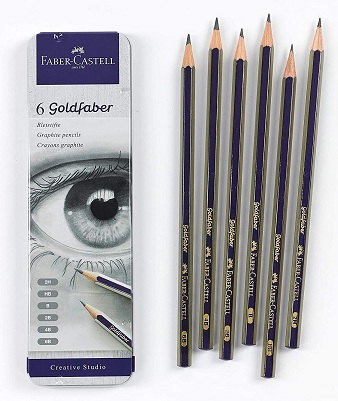
The “lead” pencil is familiar to everyone. However, it is not made and has never been made of lead but with graphite, a type of carbon mixed with clay and baked. Graphite pencils are sharpened using a sharp-edged knife than with a sharpened pencil sharpener. They are arranged from solid (H) to soft (B). 9H is heavier while 9B is softer has F (which is finer) and HB in the medium range. H-pencils (2H, 3H, and 4K; increasingly difficult) are suitable for clear, bright lines, but they will scratch over your paper, so B pencils are better for soft, tone work.
Each pencil level will only produce a given dark tone, and no amount of pressure will darken that tone.
If you need a darker tone, you will need to switch to a softer pencil level. Soft pencils will give a more excellent range of tones than intense pencils and can be erased without leaving an indent if you make a mistake. For this reason, many drawings are made using HB or soft pencil.
Point to use 2B or 3B to start your drawing and switch to a soft — or black — pencil-like 6B or 9B for deeper tones.
Most machine pencils, also known as clutch or scroll pencils, are ideal for specific tasks, but soft marks are not easy to obtain.
Pastel Pencils

Pastel pencils are made of solid pastel thread protected from a wooden barrel. Avoid dropping them as the soft pigment fiber breaks easily. These pencils are stronger than soft pastels and look like colored pencils, though with a scratchier, chalkier feel. They are ideal for detailed line work and shading, as they are not waxy and can be well integrated.
The marker made of pastel pencil is not permanent and will need to be sprayed with fixative (see more about fixes below). These pencils are very easy to work with. There are a variety of solid colors available. They are perfect for finished and quick and effective drawings, especially on colored paper.
Colored Pencils
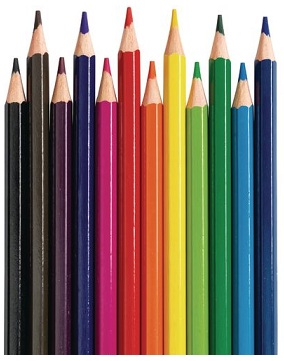
Colored pencils are the same color as graphite pencils. The pigment is mixed with clay filler and binder. Wax is added to act as a lubricant and help the pencil smooth through the paper.
These are available in many colors and varieties, typical, water-soluble, dense and low in lead, and vary in quality and softness. Unlike pastel pencils, coloured pencils do not need to be sprayed with a fixative. Some coloured pencils form sharp, precise lines, while others are soft and can be easily assembled. Background colours will produce different shades, and unexpected results can be achieved by using the same group of colours in different sequences, so it is worth finding the best arrangement for a particular shade.
Conté Sticks, Crayons, and Pencils
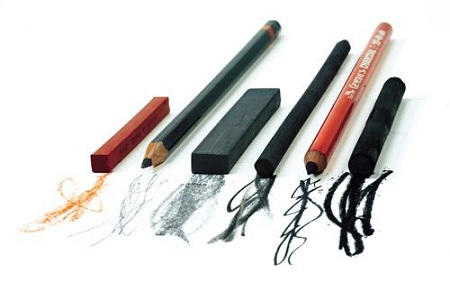
Conte sticks, crayons, and pencils are natural colours bound with gum in Arabic. Conte sticks (also known as carré sticks) and hard chalks or pastels are ready to make colourful designs. Popular colours are earthy — white, black, grey, brown, and rust, such as cheerful (reddish-brown) and sepia — but they are also available in many other colours. They work very well on coloured paper and can be used with other dry painting media. While pencils are very suitable for line work, sticks can be used to block large areas of tone. They can be broken and mixed but not easily erased.
A wide range of conté pencils is available in traditional colors black, white, sepia, sanguine, terra-cotta, and bistre (brownish-grey). Artist pencils are similar to traditional graphite pencils but are also available with a rectangular profile. Some pencils have a wax content that allows them to be used without fixing, but some pencils have chalkier and will need repair protection.
Coal Sticks and Pencils
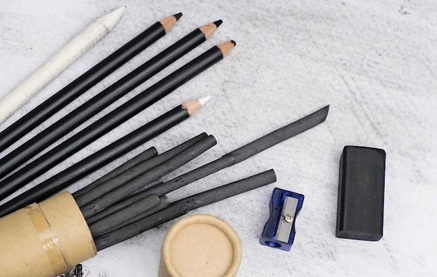
These burns are also one of the oldest paintings in the world. Made of carbonized wood (usually willow, but beech and grape can also be found), the sticks are classified as soft or hard and come in four strengths: small, medium, thick, and thick. (Extremely thick sticks are also known as “charcoal painters.”) Tiny sticks work best in making fur, feathers, and other fine details, while blockbusters work best in large areas.
Pressed charcoal, also known as Siberian coal, is made of a pencil with wooden or folded paper barrels and is cleaner to use than traditional stick charcoal. It is arranged in hardness and density and can be obtained in the round and square profiles. They produce black, sharp lines, which are difficult to mix or match.
Sharpen all the coals using a sharp work knife or using fine-quality sandpaper. Coal dust stays well in the support area and will need to be repaired to avoid contamination.
Graphite Sticks
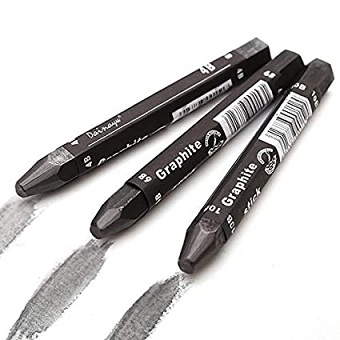
Graphite sticks are a popular alternative to traditional pencils. They do not have a wooden casing found in pencils and are a thick version of the centerline graphite line or pencil. Available in HB, 3B, 6B, and 9B grades, they have a few advantages over conventional wood pencils. The shape of the drum is round, and some types are covered with a thin layer of plastic paint that is removed using a stick, which helps keep the fingers clean.
The shape of the rod means that as the rod sharpens a large area of graphite, it remains exposed. This makes it possible to create fine lines — which can be made thicker by changing the angle at which you say it meets the support — and broader areas of flat tone. Like pencils, they are perfect for drawing and assembling.
Short, thick, hexagonal sticks are also available at the same distance as small rectangular blocks. Both sticks are best sharpened using a pencil sharpener or fine-grained sandpaper. The resulting powder can be applied to drawings to create tone areas. Most dust can be purchased at art stores.
Like traditional pencils, barrel-shaped barrels can hold thin, soft-grade graphite strips. When using very soft, thin graphite sticks, be careful when pressing hard as it breaks easily.
White Chalk
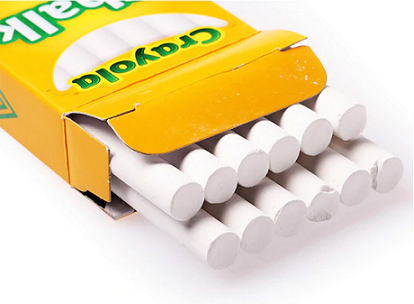
This is available as a solid stick for details and fine marks or as a soft pastel that can be easily blended.
Pens
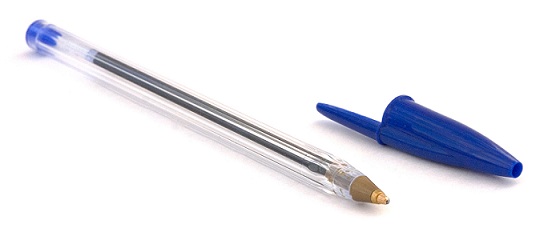
An extensive list of pen options is available — so much so that it may seem overwhelming. The technical pens are ready to be used for quick drawings, but their nibs make constant marks. Fountain or cartridge pens, roller-ball, ballpoint, fineliner, and professional art pens come in various nibs and can be used for both quick and detailed drawings. Ballpoint pens can be smooth, satisfying, and ready to draw. All pens can create beautiful, flowing lines with smooth and subtle effects.
Although there are many types of pens, many have the identical drawback — the size or width of the line from the pen is adjusted. It is essential if you use these maps to check to find out what is possible or not. The pens bring precise marks, and the tone is found only in a specific type of stimulation or stimulation. Some pens, however, use water-soluble ink, making it possible to remove the tone of linework by using water. Pens using water-soluble ink are handy as it is possible to re-wet areas to brighten up linework and remove tone areas.
Immersion Brushes and Pens
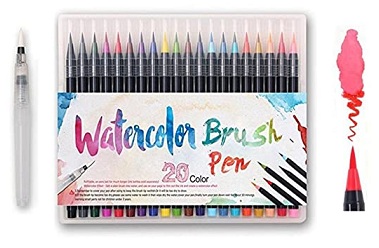
The traditional tool for brushing ink. For use ink or watercolor baths, high-quality sable brushes are best. They carry a large amount of fluid and, if cared for, retain their points well.
Dip pens have a flexible grip, which adapts to metal conditions. Some nibs are only the size of specific barrels, so try before you buy. Sometimes you may find that a new nib is reluctant to hold the ink, but rubbing a small amount of saliva on the nib can solve this. Sharp nibs are ideal for drawing, although square, sharp, and circular nibs can produce pleasing effects.
Other forms of steel nib are quill for traditional feathers, bamboo pen, and reed pen. Pens made of goose feathers are fun to use and provide a sensitive and audible line (although you will need to cut them repeatedly). Pens determined by the length of the bamboo will vary in size and size; they are solid and suitable for writing work. Reed pens are the same but cut nib breaks and tend to break; they are easily cut with a sharp knife.
Ink

Painting inks, available in various colours, do not penetrate water or dissolve in water. Water-soluble inks are not as widely available as waterproof ink. Both inks can be mixed with water to form tones, but while waterproof ink will dry and change, the water-soluble ink can be rehydrated and recycled. Water-soluble inks enable the artist to soften line work.
Probably the most famous ink of India. When rinsed with water, this black ink is Chinese and becomes a warm, deep sepia colour. It does not get wet and dries quickly.
Rubber and Stumps
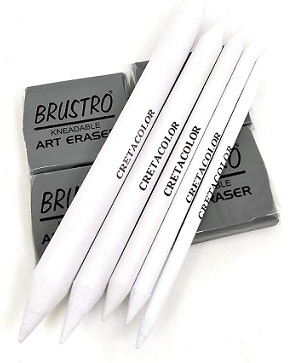
The rubber helps debug or merge. Putty erasers, also known as erasers, are soft and soft. They can be created to clear specific areas and to “highlight” highlights in heavy areas of tones. The disadvantages of using putty erasers are that they get dirty quickly when used with coal, soft graphite, or carré sticks.
Sturdy plastics or vinyl erasers take on light colours and remain clean. They can be used on their edges to form clear lines carved in deep tone areas; alternatively, they use sharp corners to make patterns and define texture. They also remove stubborn pencil marks or graphs and minor errors. Care should be taken when using solid erasers not to compress the support area.
To combine charcoal, chalk, and pastel pencils, you may want to use a paper stump called torchon or tortillon. This material is used to polish and blend a thin pigment, pushed inwards, and folded over the top of the paper. As the stump gets dirty, it can be cleaned by rubbing it with fine sandpaper.
It Fixes

Fixative is a soluble substance in a colourless air solvent. Prevents paintings made with pencils, charcoal, or other soft coloured materials from contamination. When sprayed on the paint, the air solvent evaporates and leaves a thin layer, which binds the pigment dust to the base. Once fixed, even the rubber can not change the drawing. However, it is possible to work on a planned drawing, and it is common practice to adjust the drawing from time to time during the process. According to the manufacturer’s instructions, the fixative is best applied using a free CFC aerosol. Bottles with hand spray and mouth-spray diffuser are available.
Papers and Foundations
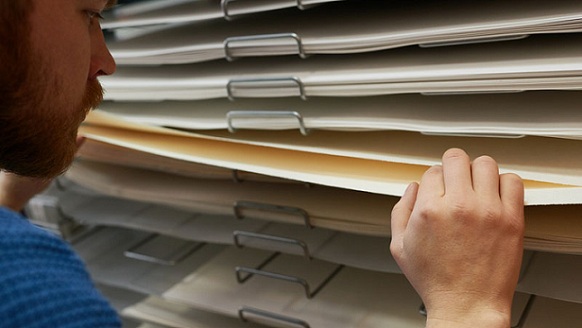
Specific papers work better with certain media, so it pays to match drawing and support tools. There are three different areas of the paper.
As the name implies, Rough is a paper with holes, a very written space. Ideal for bright, precise work using charcoal, chalk, pastel pencils, and soft graphite.
Paper with a very smooth surface is known as a “hot compressor” because, in the process, the pulp sheet is passed through hot metal rollers. These papers are very suitable for pen and ink work, painting drawings, and good pencil work and are less satisfying when used with soft-coloured drawing tools such as coal and chalk. This is because pigment dust needs a textured area to attach to it.
The papers with the middle text are known as “cold compression” or “NO” (meaning not hot press). The papers in this group work well with most drawing materials and are probably the most widely used type of paper.
High-quality paper often called “acid-free,” is reduced to acid resistance and will not turn brown or brown. Cartridge (standard drawing) paper is a type of paper that is often used for drawing. It can be white, cream, or even colour available in various weights, sizes, and attributes. Watercolour paper is available in various weights and is suitable for all types of painting.
Pastel paper comes in various tints and has a “tooth” or grain designed to capture and capture small particles of colour. One side of the paper is usually sewn, which is the side most people draw on, but you can use the other side if you like. Pastel paper comes in two sizes; thick paper can take more brutal rubbing and recycling than plain paper.
Paper can be purchased as loose sheets, individual sheets, or sketchbooks and pads. Individual sheets allow you to try several different papers, and they can be cut or shredded to size. However, when you draw buildings in the area, you will find using a sketchbook is very important. They are made of paper of different sizes, colours, and weights, and come in many sizes and bindings in both portrait and landscape formats. Pocketbooks can be carried anywhere, but they may have limitations when reading significant topics. Larger sketchbooks are tedious to hold but offer a more flexible environment, with the option of doing a few lessons on one page.
Drawing Boards and Easel
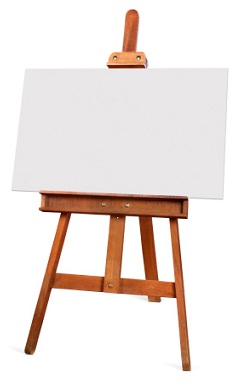
If you work on one sheet of paper, you will need to secure it to the drawing board. Make sure the board is big enough for your paper and smooth its surface. Instead of using drawing pins to secure the paper to the board, plant a few pieces of board loaded with spring. You can buy a deliberately designed drawing board at a good art store or use a sheet of plywood or MDF (medium-density fiberboard).
If you are using sketchbooks or paper-protected paper, it is unnecessary to have an easel. However, if you find yourself working hard in areas where it is difficult to find a place to relax the board, you may find it beneficial to invest in a portable painting easel. Easels come in many sizes, so choose one that you can sit on or stand on freely. Some easels are folded into a drawing case. The most important consideration here is stability. The easel should be strong enough to hold your drawing board and take the pressure and weight you put in as you work. A practical option is an adjustable table easel or a lightweight painting easel.

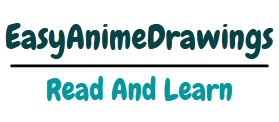
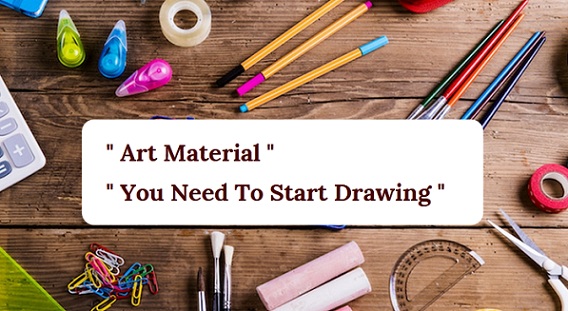
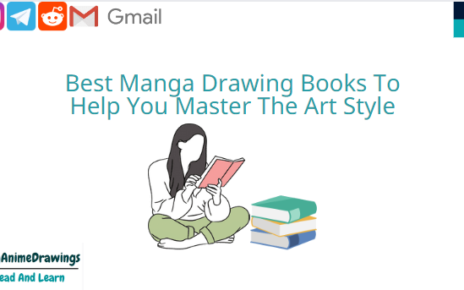

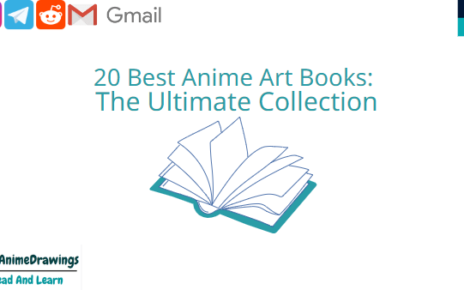
how to buy doxycycline – acticlate buy online glucotrol where to buy